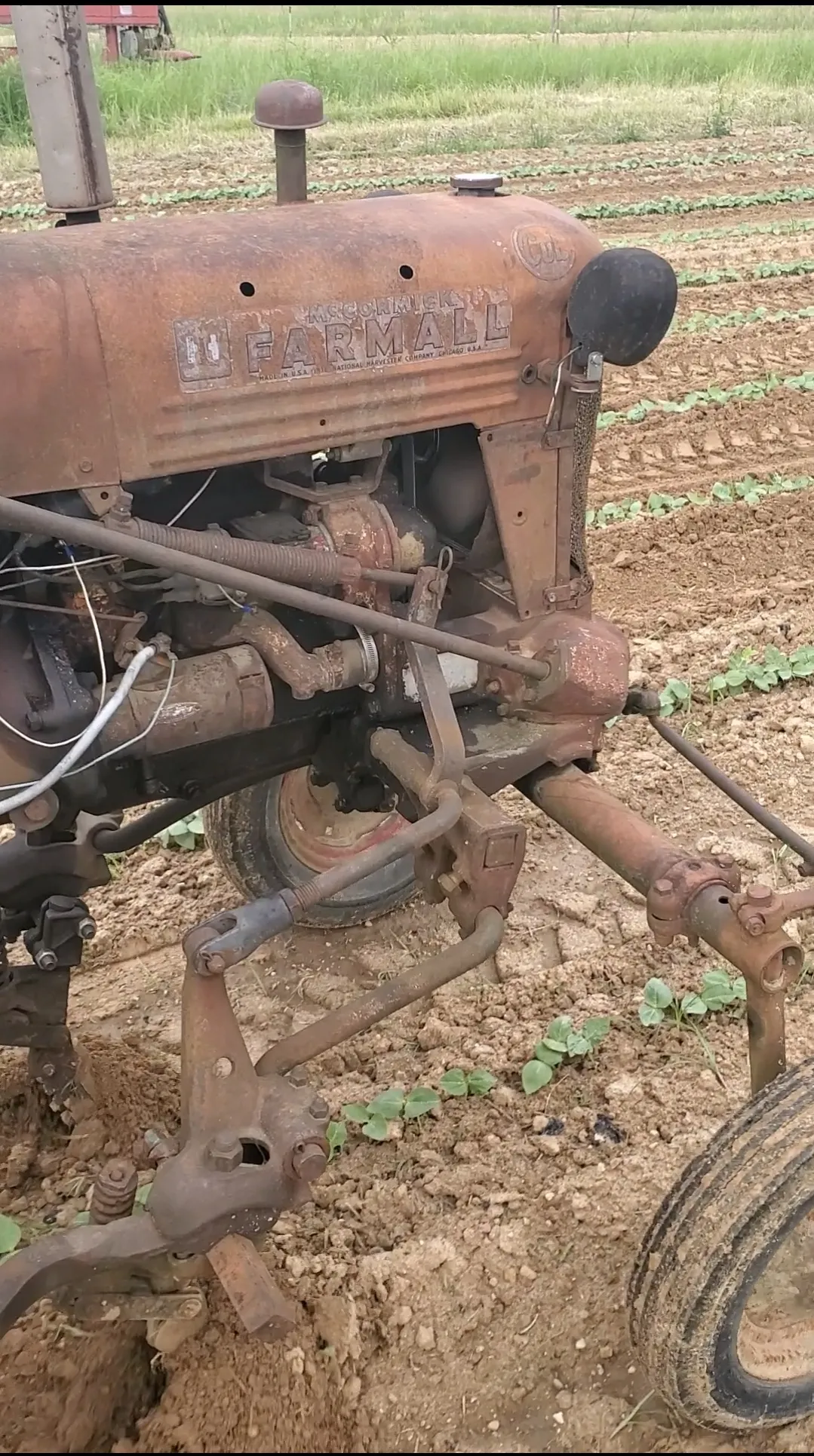Special to the Reckoning
By Mary Hightower
U of Arkansas System Division of Agriculture
Beefsteaks. Bradley pinks. Cherokee purples. No matter what variety, all tomatoes have one thing in common: Don’t put them in the fridge.
Tomatoes are among the most-eaten produce item, with per capita consumption in the United States estimated at 19.2 pounds in 2023, according to Statista.
What happens between the time they’re picked or purchased and then sliced into a salad or BLT can make a big difference in flavor and texture, according to Lida Araghi, assistant professor and extension nutrition and food specialist for the University of Arkansas System Division of Agriculture.
“Cold temperatures can damage the texture and flavor of tomatoes,” she said.
“When stored below about 55 degrees Fahrenheit, the enzymes responsible for developing their flavor are inhibited, and the cell membranes can break down, leading to a mealy texture and reduced taste quality,” Araghi said.
There is an exception though, for tomatoes that are “very ripe and you need to keep them from spoiling for a short time,” she said.
“If you need to refrigerate very ripe tomatoes to keep them from spoiling, it’s best to let them come back to room temperature before eating to improve flavor,” Araghi said.
In addition to being flavorful, tomatoes are high in potassium, vitamin C and antioxidants such as lycopene. They’re also low in sodium, fat and calories.
Find more information about selecting, storing, prepping and cooking tomatoes with this online fact sheet.
To learn about extension programs in Arkansas, contact your local Cooperative Extension Service agent or visit www.uaex.uada.edu.









